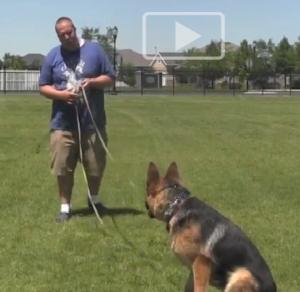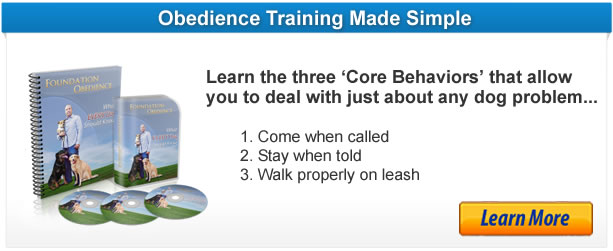 Obedient Dog vs. Not Disobedient
Obedient Dog vs. Not Disobedient
Okay, I know when you first read the title of this post it may seem a bit confusing. ‘Obedient’ and ‘Not Disobedient’ basically sound like the same thing, right? I maintain that, no, they are entirely different.
The difference that I’ve seen in these two descriptors can mean the difference between aggression problems and no aggression issues at all. A destructive dog and a dog who is safe to leave home alone. A dog that runs into traffic and a dog that stays by your side.
What Is An Obedient Dog?
Let me get a bit deeper into my meaning.
Throughout my career I’ve met hundreds of dogs who are, overall, good dogs. They don’t typically chew things, they don’t typically get in fights or act aggressively. People meet these kinds of dogs and generally comment on how nice, friendly, and well mannered they are.
Out of these dogs, though, I’ve met many that, with little change in their life, have developed aggression issues, destruction issues, and overall manners issues.
You see, there are many dogs that just aren’t prone to doing that much wrong. They are calm dogs, perhaps house trained easily, and are generally more laid back. As a result, their owners didn’t take much time or put in too much effort into formally and properly training these dogs.
What that means is that a lot of these dogs don’t really have much of a foundation in learning, discipline, cause and effect, etc. Many dogs can go their whole lives and, because they don’t create too many problems, can essentially hover beneath the radar when it comes to their need for training.
The Hidden Danger In A ‘Not Disobedient’ Dog
I refer to these dogs that don’t have much training, but don’t do too many things wrong, as ‘not disobedient’ dogs. If you asked this dog to sit and stay for 5 minutes he probably wouldn’t. If you asked this dog to come when there were heavy distractions she most likely wouldn’t return. If you wanted this dog to heel off leash it likely isn’t going to happen.
Based on those standards you can’t really call them ‘obedient dogs’ but because they are overall good dogs you can call them generally ‘not disobedient’ dogs.
Like I say, many of these dogs can go a lifetime and not cause heartburn for their owners.
Where I’ve met MANY of these dogs, though, is when there is a change in the dog’s life. I’ve met many of these dogs when a new dog is introduced to the home. The primary dog has generally got on well with dogs during his life but suddenly doesn’t like the change of a new dog and turns to aggression.
I’ve met many of these dogs when a life event occurs like a divorce, child being born, or the family moving to a new home. In the face of change the dog turns to destruction, house training problems, or other anxiety related behaviors.
You see, these dogs didn’t have much of a foundation in structure to begin with. When there is a change, big or small, the dog has nothing to fall back on. The dog and owner likely have a good relationship but it also likely isn’t rooted in solid leader/follower protocols.
In the absence of this even small changes can send a dog into a tail spin. That’s why we always recommend solid obedience training to all dog owners, whether their dog is a holy terror or simply a ‘not disobedient’ dog.





Follow Us!